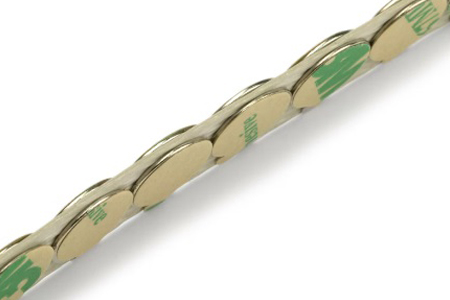In today's world, where the demand for energy is constantly increasing, finding sustainable and eco-friendly energy sources has become imperative. One of the promising solutions lies in harnessing rectangle NdFeB magnets, a powerful magnet made from neodymium, iron, and boron. These magnets have proven to be an excellent option for generating and storing energy in an environmentally friendly manner. In this blog, we will explore the potential of rectangle NdFeB magnets and their role in shaping a sustainable future.
Rectangle NdFeB magnets, also known as neodymium magnets, are the most powerful magnets available in the market today. Made from a combination of neodymium, iron, and boron, these magnets possess incredible magnetic properties. Due to their strong magnetic force, they are widely used in various industries, including electronics, automotive, renewable energy, and more.
One of the most significant applications of rectangle NdFeB magnets is in renewable energy generation. These magnets are used in wind turbines to convert wind energy into electrical energy. The powerful magnetic force allows for efficient power generation, leading to increased energy production. Moreover, NdFeB magnets are also utilized in hydropower systems, where they help in converting water flow into electricity, contributing to sustainable power generation.
Energy storage is crucial for the effective utilization of renewable energy sources. Rectangle NdFeB magnets play a vital role in energy storage systems, such as rechargeable batteries. These magnets help improve the charging and discharging efficiency of batteries, making them more sustainable and reliable. Additionally, NdFeB magnets are used in magnetic refrigeration, a promising technology that offers an energy-efficient alternative to traditional cooling systems.
The utilization of rectangle NdFeB magnets brings several benefits to the table. Firstly, these magnets are highly durable, ensuring a longer lifespan compared to other alternatives. This leads to reduced waste and a more sustainable approach to energy generation and storage. Secondly, rectangle NdFeB magnets have a high energy density, making them compact and efficient. This allows for better space utilization, especially in renewable energy systems with limited area.
In conclusion, harnessing the power of rectangle NdFeB magnets offers a sustainable approach to energy generation and storage. From wind turbines to energy storage systems, these magnets have proven to be reliable and efficient. As we move towards a greener future, Rectangle NdFeB magnets should occur more frequently in our conversations about renewable energy and eco-friendly technologies. By embracing their potential and exploring further advancements, we can pave the way for a more sustainable and eco-friendly energy landscape.




